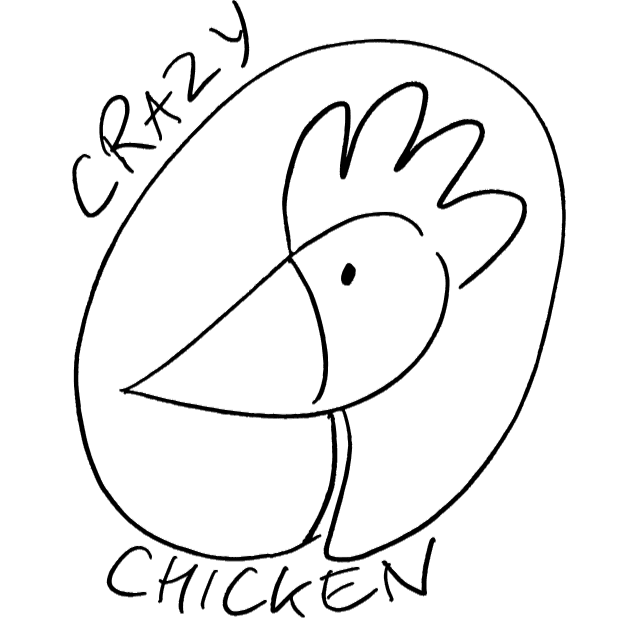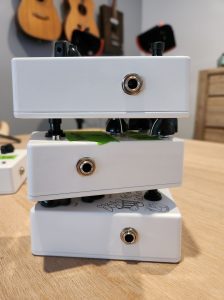 If you’ve been playing around with pedals like overdrive, distortion, or fuzz (especially overdrive), you’ve probably tried combining the two to see what happens. If you’re just fooling around without thinking about it, it may not sound very good, but done with some consideration and calculation, stacking pedals can have a lot of benefits and give some awesome tones.
If you’ve been playing around with pedals like overdrive, distortion, or fuzz (especially overdrive), you’ve probably tried combining the two to see what happens. If you’re just fooling around without thinking about it, it may not sound very good, but done with some consideration and calculation, stacking pedals can have a lot of benefits and give some awesome tones.
Essentially, this is gain stacking: using two pedals in succession to combine their gain and find a unique sound. Of course, stacking pedals isn’t limited to gain based pedals like overdrive, fuzz, and distortion, but it’s a good place to start when thinking about stacking.
All in all, stacking pedals takes some experimentation and depends completely on what pedals you’re using, but there are some basics to consider.
Understand How Volume Works Between The Two Circuits
A basic thing to consider, regardless of whether a pedal is using an op-amp or a transistor to amplify the signal, is that the pedal can only amplify the signal so much. The overall volume output of a guitar pedal (and volume in general) comes down to how much voltage you can give the signal. Assuming you’re using guitar pedals that take 9 volts, you’re never going to get the signal larger than that, no matter how much gain you give it.
To that end, when stacking gain based pedals, you’re not going to make things louder by turning both pedals up all the way.
Because of this, the two pedals will interact in different ways depending on how you have the volume set between the two pedals:
- High volume on the first pedal will lead to more clipping from the second pedal. This is because you’re giving the second pedal a very large signal to work with. If you understand how diode clipping works or transistor saturation regions and clipping, you’ll understand that if you give a diode or transistor a big enough signal (i.e. voltage), it will clip. If you’re sending an ordinary guitar signal into a pedal, you need to turn the gain up a large amount in order for the signal to be amplified enough to start clipping. However, if you’re sending an already amplified signal into the pedal, you don’t need to amplify it as far in order to get it to start clipping further.
- High volume on the second pedal will give you more volume. Although you can only get so much amplification out of a 9 volt pedal, it’s going to be the second pedal that does most of the work to give volume. Clipping will reduce the overall volume of a signal (that’s the nature of clipping), so using the second pedal as an amplifier can give you that volume back.
So what this means is that the order of your gain pedals will depend on whether you’re looking for more clipping or more volume. This is the same whether you’re pairing two overdrive pedals, two distortions, two fuzzes, or a combination of these.
Because of this, if you’re trying to get more volume out of a relatively high gain overdrive pedal like an Ibanez Tube Screamer, you put it before a boost pedal like a ZVEX SHO.
However, try sticking the boost before the overdrive and see what happens. If will give the overdrive a lot more clipping and really dirty up the sound.
And of course, this goes the same for distortion and fuzz.
Tone Will Be Decided By The Second Pedal
While there will be some tonal influence from the first pedal, the overall tone of the sound will be determined by the second pedal. This is kind of obvious… the signal goes into the first pedal, has the tone shaped, then goes into the second pedal, having that already shaped tone influenced by the second pedal.
Obviously there will be some influence from the first pedal though. Think about it – different guitars with different tones sound different through the same pedal. It’s not all of the final pedal doing the work, but it has the most influence.
Think about this when stacking pedals in general, not just overdrives, fuzzes, and distortions.
You Can Use A Dirty Amp As A “Second Pedal”
A lot of amps have a dirty channel, and this can act as a second pedal. The tips about volume and tone hold true here as well.
Of course volume being dictated by the amp is the way it’s going to be. It’s an amplifier after all!
But once again, you’re stacking dirt, just like if you’re stacking two dirty pedals. Here you’ll get a lot more of a boost out of your amp’s dirty channel, creating a completely unique sound with a tone that’s all your own.
Have A Play With These Ideas
Getting a good sound out of stacked gain pedals takes a bit of experimentation, and it will come down to the specific pedals you’re using, so I encourage you to play around with some of the ideas of talked about here and see what kind of sounds you get.
As mentioned, it doesn’t need to be two overdrive pedals, two fuzz pedals, or two distortion pedals. You can do overdrive and distortion, distortion and fuzz, or something else. When deciding on the order of these pedals, keep in mind the difference between overdrive, distortion, and fuzz. Overdrive, of course, has a softer clipping, with distortion a hard clip, and fuzz creating a more square wave. Ultimately the signal shape is going to be determined by the highest level of clipping, but you can still shape it depending on order.
For example, squaring off the wave with a fuzz pedal may round the edges a little bit if you put it through an overdrive pedal on the right settings. You’ll still get plenty of fuzz of course, and you can use the overdrive to shape the tone, helping the sound come through the mix.
Another idea is to use two overdrive pedals on a lower drive setting, or one low and one medium. This will give an overall larger overdrive than one single pedal on its own while also giving a completely unique sound that can’t be achieved on its on.
You may also try running a boost into a boost. Many boost pedals are designed to increase volume without distorting the signal at all, but if you put an already amplified signal from one boost pedal into another, you may be able to get the second pedal to start clipping, giving a unique overdriven sound that you won’t be able to find anywhere else.
How Are You Going To Stack Gain?
The possibilities for stacking gain pedals are endless. This can be used to recreate the tone of some of your favourite artists or create your own tone unique to your playing and style.
Once you get into stacking gain pedals, don’t stop there. Try stacking other pedals to create unique sounds. This can be experimenting with stacking two time based pedals to see how they interact, or change the order of your pedal board so it no longer conforms to the “proper” order of things to see how it affects your sound. Even if it doesn’t turn into a permanent fixture, it may still give you some ideas for your playing.
Let me know how you go.
Related posts:
 What’s The Difference Between Overdrive, Distortion, And Fuzz?
What’s The Difference Between Overdrive, Distortion, And Fuzz?
 How To Use A Distortion Or Overdrive Pedal
How To Use A Distortion Or Overdrive Pedal
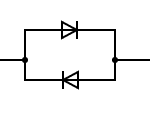 What’s The Difference Between Symmetrical And Asymmetrical Clipping?
What’s The Difference Between Symmetrical And Asymmetrical Clipping?
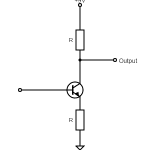 What Is Gain (And How It’s Different From Volume)
What Is Gain (And How It’s Different From Volume)
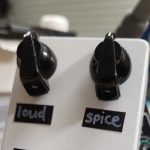 How Does A Drive, Gain, Or Distortion Knob Work?
How Does A Drive, Gain, Or Distortion Knob Work?
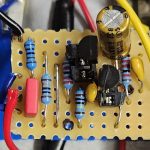 How To Make A Distortion Pedal
How To Make A Distortion Pedal
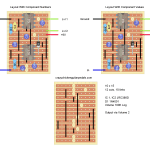 EarthQuaker Devices Acapulco Gold On Stripboard
EarthQuaker Devices Acapulco Gold On Stripboard
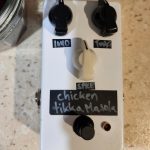 How Do Guitar Pedal (And Guitar) Volume Knobs Work?
How Do Guitar Pedal (And Guitar) Volume Knobs Work?
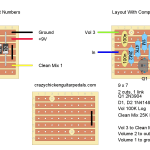 Greer Amps Green Giant On Stripboard
Greer Amps Green Giant On Stripboard
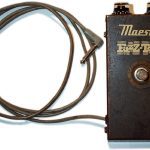 A Brief History Of Fuzz Pedals
A Brief History Of Fuzz Pedals